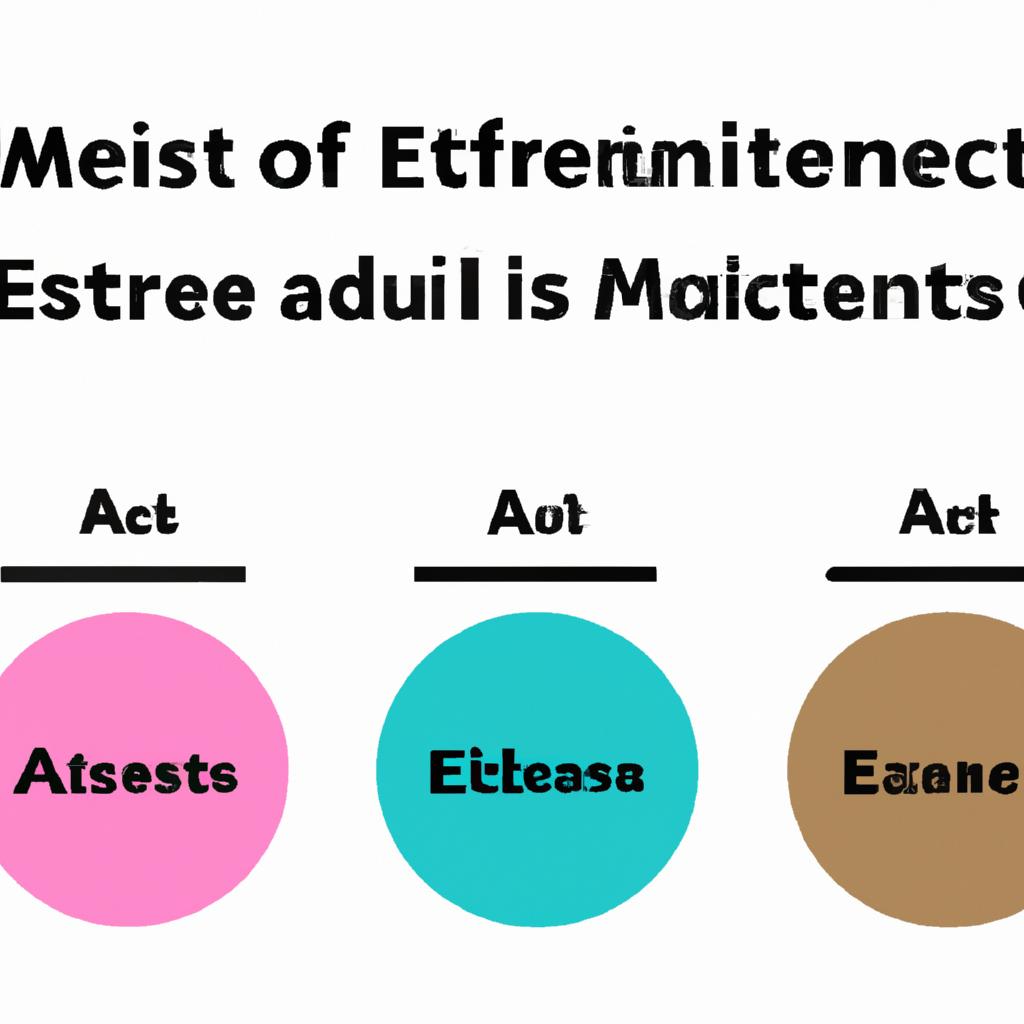In the intricate realm of estate planning, the distribution of assets from a trust is a crucial aspect that requires meticulous attention to detail and adherence to specific legal procedures. As experienced practitioners in the field, the professionals at Morgan Legal Group in New York City understand the complexities involved in this process. In this article, we will explore the essential steps and considerations for effectively distributing assets from a trust, ensuring a seamless transition of wealth according to your wishes. Let us navigate the intricate nuances of trust administration together, guiding you through the legal intricacies with precision and expertise.
Determining the beneficiaries and their entitlements
In order to determine the beneficiaries and their entitlements when distributing assets from a trust, it is crucial to carefully review the terms of the trust document. The trust document will outline who the beneficiaries are and what assets they are entitled to receive. It is important to ensure that the distribution of assets complies with the terms of the trust to avoid any legal disputes.
When distributing assets from a trust, it is essential to communicate openly and transparently with the beneficiaries. Clearly explain to the beneficiaries what assets they will be receiving and the process for distributing those assets. Keeping the beneficiaries informed can help avoid misunderstandings and conflicts. Additionally, it is important to work with an experienced attorney who can provide guidance and ensure that the distribution of assets from the trust is done in accordance with the law.

Understanding the different methods of asset distribution
When it comes to distributing assets from a trust, there are several methods that can be utilized depending on the specific circumstances of the trust and the wishes of the grantor. One common method is through outright distribution, where the assets are distributed directly to the beneficiaries in a lump sum or through periodic payments. This method is often used when the beneficiaries are capable of managing the assets on their own.
Another method is through the use of a trust protector, who is appointed to oversee the distribution of assets according to the terms of the trust. The trust protector acts as a fiduciary and ensures that the assets are distributed in accordance with the grantor’s wishes. Additionally, assets can also be distributed through a spendthrift trust, which provides protection from creditors and ensures that the assets are used for the benefit of the beneficiaries. Ultimately, the method of asset distribution will depend on the goals and objectives of the trust and the needs of the beneficiaries.

Navigating tax implications when distributing trust assets
When it comes to distributing assets from a trust, understanding the tax implications is crucial. As a trustee, you have a fiduciary duty to ensure that the assets are distributed in accordance with the terms of the trust and in compliance with tax laws. Failure to do so could result in penalties and legal consequences. To navigate these complex waters, it is essential to seek guidance from a knowledgeable legal professional who specializes in trust administration and tax law.
One important consideration when distributing trust assets is the potential impact on the beneficiaries’ tax liabilities. Depending on the type of assets being distributed and the beneficiaries’ individual tax situations, there could be significant tax consequences. By working with a skilled attorney, you can develop a distribution plan that minimizes tax implications and maximizes the benefits for the beneficiaries. Additionally, consulting with a tax advisor can help ensure that the distribution of assets is done in a tax-efficient manner, ultimately preserving the value of the trust for future generations.

Seeking professional legal guidance for a seamless distribution process
The distribution process from a trust can be complex and overwhelming without the proper guidance of a professional legal team. At Morgan Legal Group, we have years of experience in assisting our clients with seamless asset distribution from trusts. Our team of expert attorneys is well-versed in the intricacies of trust distribution, ensuring that your assets are handled with the utmost care and attention to detail.
When it comes to distributing assets from a trust, it is crucial to follow the specific guidelines outlined in the trust document. Our legal team will carefully review the trust document to ensure that all requirements are met during the distribution process. Additionally, we will work closely with the trustees and beneficiaries to facilitate a smooth and efficient distribution of assets. With our expertise and guidance, you can rest assured that your trust assets will be distributed in accordance with your wishes and in compliance with all legal requirements. Trust Morgan Legal Group to handle your trust distribution needs with professionalism and care.
Q&A
Q: So, I have set up a trust for my loved ones. How do I go about distributing the assets from the trust?
A: Distributing assets from a trust can be a complex process, but it can be easily navigated with the right guidance.
Q: What are the different ways to distribute assets from a trust?
A: There are several methods to distribute assets from a trust, including outright distributions, staggered distributions, and distributions based on specific criteria.
Q: How do I determine the best distribution strategy for my trust?
A: The best distribution strategy for your trust will depend on your specific goals and the needs of your beneficiaries. Consulting with a trust attorney can help you determine the most suitable approach.
Q: Can I distribute assets from a trust on my own, or do I need professional help?
A: While some individuals may be able to distribute assets from a trust on their own, it is recommended to seek professional assistance to ensure that the process is carried out correctly and in compliance with trust laws.
Q: What are some common mistakes to avoid when distributing assets from a trust?
A: Common mistakes to avoid when distributing assets from a trust include not following the terms of the trust document, failing to communicate with beneficiaries, and not documenting distributions properly.
Q: What happens if there are disputes among beneficiaries regarding the distribution of assets from a trust?
A: If there are disputes among beneficiaries regarding the distribution of assets from a trust, mediation or legal action may be necessary to resolve the conflicts. Seeking guidance from a trust attorney can help navigate these complex situations.
In Retrospect
In conclusion, distributing assets from a trust can be a complex process that requires careful planning and consideration. By following the steps outlined in this article and seeking guidance from a trusted financial advisor or attorney, you can ensure that the assets in the trust are distributed in a manner that aligns with your wishes and provides for your loved ones. Remember, every trust is unique, so it’s essential to tailor your distribution plan to meet the specific needs and goals of your beneficiaries. With proper attention to detail and expert guidance, you can navigate the distribution process successfully and lay the groundwork for a secure financial future for your heirs.







